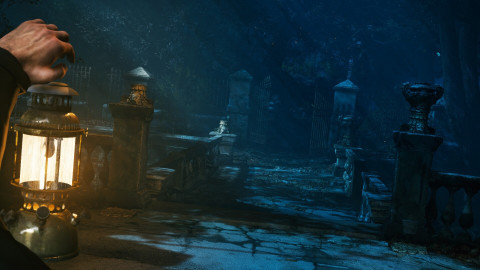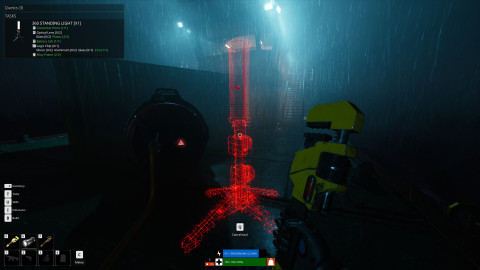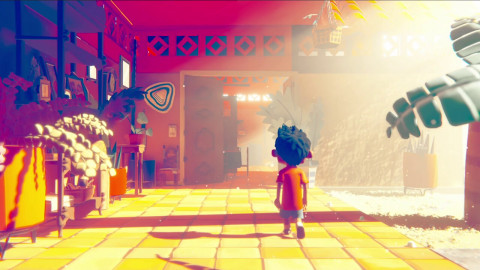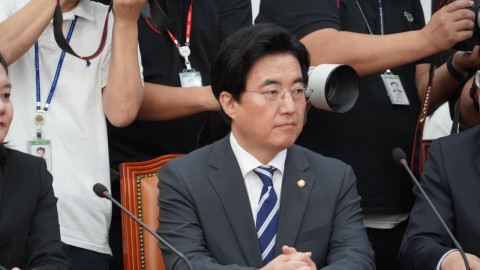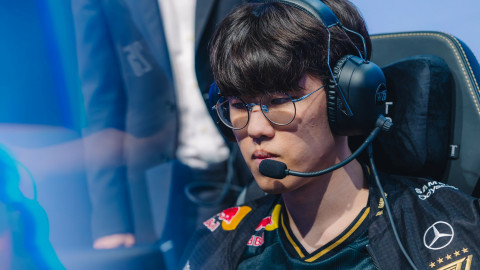
Team Vitality’s super team got off to a rocky 0-3 start in week 1 of the LEC, including losses to Fnatic, MAD Lions, and, most concerningly, fringe playoff contender Excel Esports. They seemed to have bounced back, racking up three consecutive wins, including a 2-0 second week before dropping their final match of week 3 to undefeated Rogue. [Since the initial draft of this article, Vitality won another game, against Misfits in Week 4 — Ed.] Still, they have managed to arrest the free fall in expectations precipitated by their first set of performances and even shown significant flashes of what a team this talented can be.
Cohesive compositions
In week 1, Vitality’s compositions were characterized by high individual skill expression. This is something one might expect from a team filled with as much raw talent as VIT. It is also not inherently a bad thing. Placing players like Luka "Perkz" Perković on champions like Vex and Akshan, or Oskar "Selfmade" Boderek on Viego and Qiyana, can give them the freedom and individual agency to take over games with their individual abilities.
The issue came in what was placed around them as all five players were often given low floor, high ceiling champions. Surrounding these things with picks like Renekton, Jinx, and Kennen not only means that your entire team is often full of champions who, when they fall flat, become extremely difficult to pilot and make comebacks on, but it also creates a situation in which all of your lanes are demanding resources and attention in the early to mid game.
Balancing the resource-intensive playstyles of Perkz, Barney "Alphari" Morris, Selfmade, and Matyáš "Carzzy" Orság was always going to be one of the most immense challenges that VIT had to face. In week 1, their solutions were simply to have their cake and eat it to, by giving three or four players high resource champions and hoping their individual skills would carry them through. At a level of play as high as the LEC this will simply not work, no matter how good your players are. VIT understood this and in week 2 made adjustments.

Their compositions in week 2were centered around reliable, direct, and easy to execute early game strategies. Selfmade got early game powerhouses like Olaf and Xin Zhao, paired with Corki and Orianna for mid lane control. This gave VIT an immense amount of control and agency in the early game simply through their drafts rather than trying to create it through skill, they then took this early control and used it to place their time and effort — and thus, gold — onto Carzzy’s hyper carries of Jinx and Aphelios. When combined Alphari’s safe and scaling Gangplank, VIT got a much clearer, simpler path to victory in their week 2 matchups versus BDS and G2.

Playing with Perkz
VIT completely ignored the Corki pick in week 1 but it turned the tides for them in weeks 2 and 3, winning two of their three games that week. Corki is more than just a reliable control tool of the mid lane wave; what Corki offers Vitality is clear windows in which to play around the pivot point of their team, Perkz.
Going back to his days on G2 (in both roles) Perkz has always been the defining stylistic point of his team. With Corki’s package, carry potential, and reliability in all phases of the game, the pick allows Perkz, together with Selfmade, to be at the center of Vitality’s gameplans, but also, without needing entire compositions built around him, giving more freedom to his talented teammates in their own champion picks
Corki works whether he has a large number of resources or a more middle-of-the-road amount. He can be a primary carry or a secondary damage source. With Corki in the composition Carzzy, Alphari, and Selfmade are free to play as VIT feel is best, but Perkz can retain center stage position through lane and map control. In contrast, when Perkz opted for a less of a lane control champion than Corki or Orianna — such as his LeBlanc versus Rogue — VIT once again struggled.

Anemic Alphari
Perhaps the most obvious and easily criticized flaw within VIT has been Alphari. His issues have been documented at length, but to summarize: while Alphari has maintained his trademark lane dominance, his ability to work with his team to impact games past the 15 or 20-minute mark has been extremely limited.
It’s hard to pinpoint what exactly may be the cause of this without access to Vitality’s comms or direct knowledge of their game plans, though it is safe to say some of it comes down to his champion selection. His two most recent picks, Jayce and Graves, as well as his week 1 selection of Renekton, thrive in dominating lane early and beating enemy champions in side lanes or 2v2 and 3v3 situations later on. They aren’t built for team fighting and but while they are fine picks on their own, Alphari has not been effective when used solely as lane bully. He has neither applied pressure or created odd numbers situations for his team while dominating a side lane, nor has he used his map control to generate picks or favorable 2v2s with his jungler later in the game. Instead, Alphari simply seems to be there, just existing in the achromatic limbo of not hurting his team, but not helping them either.
Worse still, when placed on champions like Kennen, Wukong, or Gangplank, who can play on the weak side and have massive impacts in team fights later in the game, he still has not come through with consistency. Aside from a couple moments in their games versus MAD Lions and G2, his impact on more teamfight focused champions has not really been felt either, regardless of his dominance in the early game.
It’s often tempting for analysts to propose armchair fixes to complex problems, but aside from putting him on low resource, extremely reliable and easy to execute champions such as Ornn, which would be an enormous waste of Alphari’s talent, I see no “obvious” solution to Alphari’s issue at this point.

Gatekept by the top dogs
While they did manage a strong win versus G2, it has yet to be shown that VIT can reliably beat the LEC’s elite teams. Three of their four losses came against Rogue, Fnatic, and MAD Lions (the current 1st, 3rd, and 4th place teams, respectively). Fnatic were perhaps the early favorites to win the league, along with VIT, and a rebuilt MAD are considered to be a serious threat as well, while Rogue, despite the loss of Inspired, have been the LEC’s best team through the first seven games of the season [Rogue remain undefeated so far, eight games in — Ed.].
The talent on VIT’s roster is undeniable and their potential is tantalizing, and coming into the year they were penciled in as a likely top 2 team. Now, we are instead left with glimpses of brilliance, and a proliferating pile of questions as the Spring Split approaches mid-point. VIT still need to prove they can beat Rogue with a solid draft like that had on Saturday, even if it was one that, while fitting large parts of their style, was not as simple to execute as the ones they had been winning with. They need to prove they can beat not-great-not-terrible teams like XL with consistency and dominate likely bottom feeders such SK Gaming without slipping up and dropping a teamfight at the enemy nexus while up almost 10k gold.
Sort by:
Comments :0


